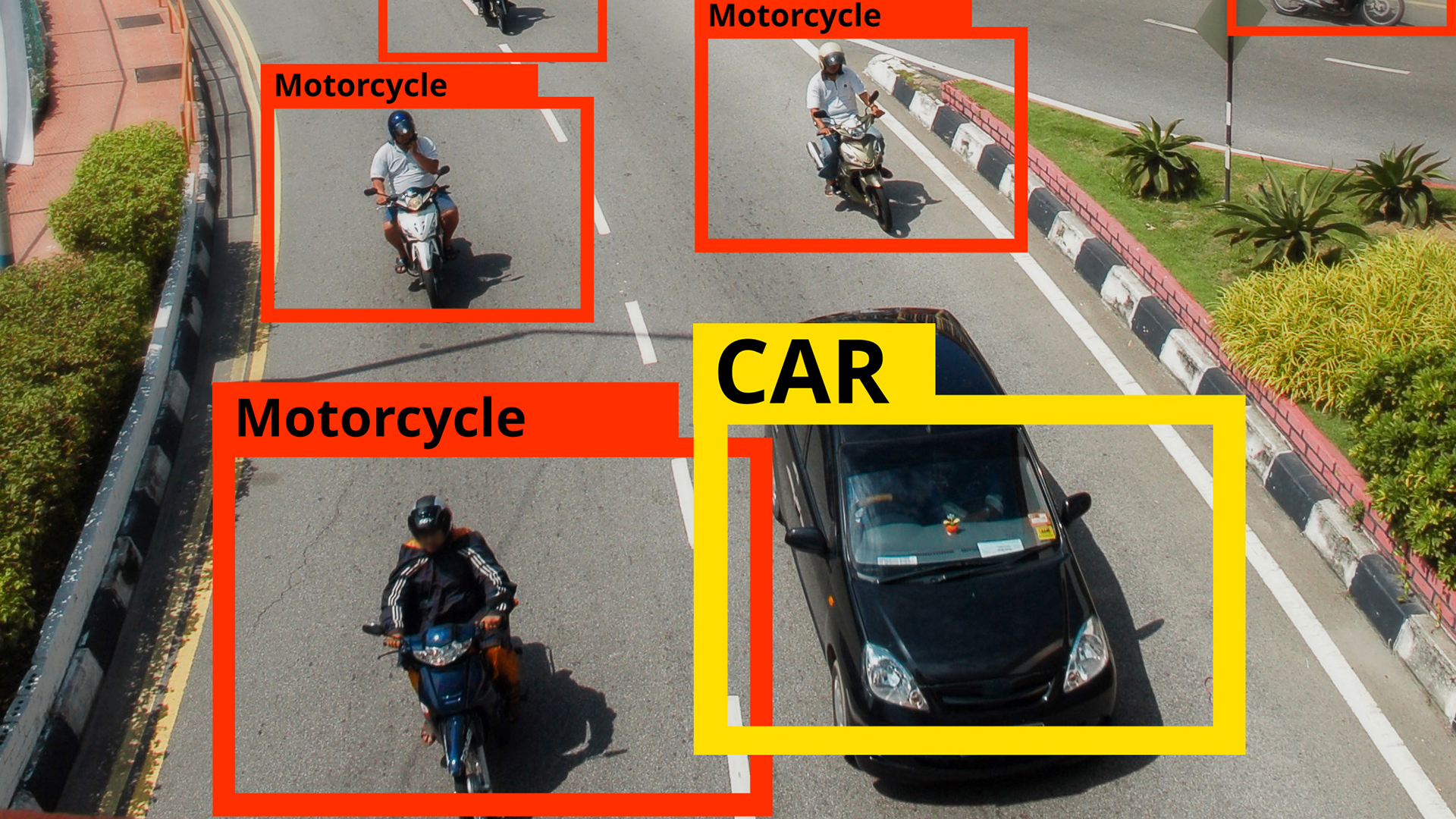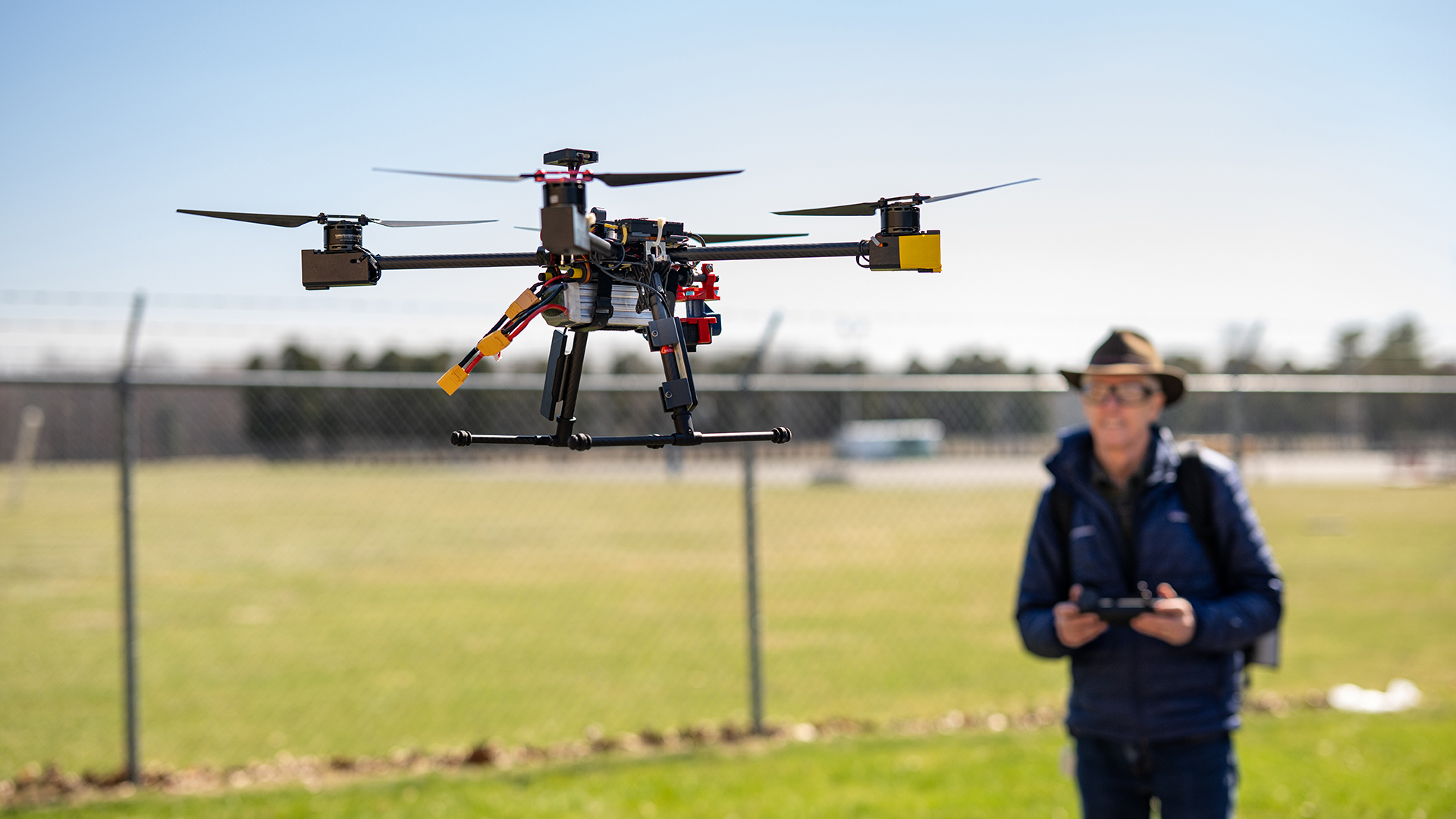Computer vision
CVT does both early-stage research and developmental work to build prototype solutions that impact government and commercial markets, including defense, healthcare, automotive and more. Numerous companies have been spun-off from CVT technology successes.
-

SRI to develop high throughput reconfigurable radio frequency processors
Radio processors will be needed in communication environments where static solutions often fail.
-

SRI squeezes computer processors between pixels of an image sensor
The microscale computers will speed the processing of volumes of image data generated by autonomous vehicles, robots, and other devices that “see.”
-

SRI researchers seek to help AI chatbots deliver more reliable responses
Drawing inspiration from human learning, researchers are guiding chatbots to go beyond mere memorization of statistical patterns to understanding of context.
-

SRI’s AircraftVerse database could unlock more creative drone designs
The dataset of 28,000 unmanned aerial vehicle designs could help researchers use AI to generate new, functional drone designs tailored to specific tasks.
-

SRI is giving geo-spatial analysts a 3D “street view” of unfamiliar terrain
The PRINCE software will be able to create photorealistic 3D renderings from satellite and aerial photos, with a limited number of ground-level images.
-

New welding helmet from SRI delivers crisp high definition, 3D, real-time views
SRI has licensed the technology to Kawada Technologies Inc. to commercialize the helmet around the world.
-

Karan Sikka: Creating tools to help improve media discourse
Sikka brings expertise in deep learning and multi-model learning to improve how social media operates, including how we use and communicate on it.
-

SayNav: Grounding Large Language Models to Navigation in New Environments
SayNav is a novel planning framework, that leverages human knowledge from Large Language Models (LLMs) to dynamically generate step-by-step instructions for autonomous agents to complicated navigation tasks in unknown large-scale environments. It also enables efficient generalization of learning to navigate from simulation to real novel environments.
-

SRI’s classroom collaboration NSF Project on Understanding STEM Collaboration
The Automated Collaboration Assessment Using Behavioral Analytics project will measure and support collaboration as students engage in STEM learning activities.
-

SRI is making it easier to store and share 3D imaging data
Researchers are combining detailed aerial maps with 3D data to advance sensing and imaging technologies—leading to better compression and data preservation.
-

A new augmented reality system delivers a smoother, more immersive experience
By combining ground and aerial views with computer-generated elements, users on the ground view a more accurate augmented reality experience.
-

Supun Samarasekera: Improving how we interact with the world around us
In his over 25-year career at SRI, Samarasekera has created innovative vision technology that helps us see, learn, and train in augmented reality.